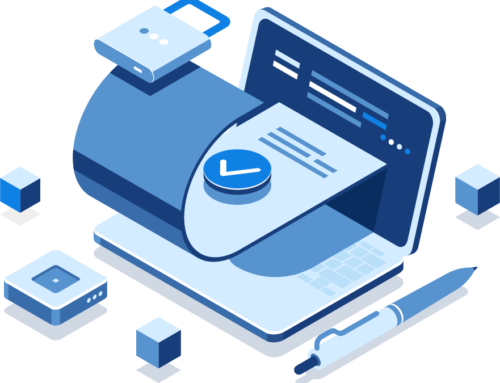For all parents, there is a duty to protect their children from potential harm, but there is also an obligation to ensure that their children cause no harm either. This applies to their children’s internet use as well: a parent should take measures to ensure that their children are safe while using the internet, while also making sure that they aren’t hurting others as well.
Though we often think of cyber-crime as something that happens within the adult world, cyber-criminals are often younger than we might expect. For instance, the perpetrators of a recent high-profile Twitter hack (which resulted in the hijacking of accounts belonging to Joe Biden, Barack Obama, Elon Musk, and Bill Gates among others) were all no older than 22, with one of them still being a juvenile.
While not all cyber-crimes committed by minors make front page news, there are still numerous cases of fraud and other cyber-crimes committed by juveniles, from identity theft, hacking, and online piracy to cyber bullying, stalking, and harassment. Indeed, these crimes are increasingly common: one report found that roughly 1-in-6 adolescents from the US and 1-in-4 from the UK disclosed that they had attempted some kind of Internet hacking.
Worse yet, the children who are committing these acts often fail to realize that what they are doing is a crime that carries severe ramifications. There is a sense of distance that comes from being online compared to face-to-face interaction, which means that these crimes often feel less “real,” but the potential consequences are very real, both for the child and the parents.
Common Forms of Cyber-Crime
In their book Cyber Crime and Cyber Terrorism, Robert Taylor and company organized most cyber-crimes into four main categories: the computer as a target, the computer as the instrument of the crime, the computer as incidental to a crime, crimes associated with the prevalence of computers. These four categories give a solid overview of existing cyber-crimes, particularly those committed by juveniles.
1. The Computer as a Target
This category refers to crimes where a computer is used to attack another computer. The most obvious example is computer hacking, although this can take a variety of forms, from stealing a user’s passwords and stealing important data to vandalizing websites and locking users out of their computer. Once something that mostly specialists had access to, now someone merely has to do an internet search to find the tools necessary to hack into computers, create viruses, and steal information.
2. The Computer the Instrument of the Crime
This category refers to crimes where a computer is used to accomplish some other criminal objective. This includes using computers and networks to commit various types of theft, fraud, and exploitation. It also refers to cyber-bullying, where people will send hateful online messages, spread rumors, and post inappropriate content to harass their victim. Some will go even further, doing things such as impersonating their victim online, creating websites designed to harass them, or filming something embarrassing happening to the victim and posting it online. Due to the “indirect” nature of these actions, children are capable of saying and doing things they never would face-to-face.
3. The Computer as Incidental to a Crime
This category refers to crimes where the computer itself is not necessary for the crime to occur, but it can be used to speed up or further facilitate it. This includes a wide range of criminal endeavors, from money laundering to the trading of child pornography. Even if the crimes themselves don’t originate on the internet, computers make these crimes occur faster and make it more difficult for identities to identify the perpetrators. These crimes are generally the least likely to be committed by minors, as they are more overtly criminal in a “real world” sense, but they are still important to be aware of.
4. Crimes Associated with the Prevalence of Computers
This category refers to crimes that might not have originated online, but the presence of computers has transformed them in unique ways. This most often refers to forms of digital piracy, such as the making and distributing illegal copies of copyrighted music and films. Popular peer-to-peer software programs make it easy to download and share such content, and while it might seem like a “harmless” crime, it is in violation of copyright law and could result in legal action.
Steering Children Away from Cyber-Delinquency
No parent wants to believe that their children would commit a crime, but with cyber-crimes the signs of delinquency aren’t always obvious. There are steps that you can take to steer your children away from such behavior though:
- Talk with your child about the ethical and legal implications of hacking and other cyber-crimes. Sometimes just talking about it can make them more aware of the morality at
- Stay informed about your children’s friends and school Just like with more traditional crime, peer pressure can push kids towards activities that they wouldn’t engage in otherwise.
- Talk with your children about how they communicate Some might see email or social media messages as harmless because they don’t see the immediate effect.
- Teach your children not to download pirated or counterfeit While it’s easy for children to understand why “real world” theft is wrong, the theft of intellectual property might seem more nebulous.
- If your children are especially tech savvy, encourage them to apply these skills towards positive outlets like a computer club or
- Invest in online filtering and safety software, like those provided by Clean Internet, as they can limit children’s access to websites and tools that facilitate cyber-crime.
Ultimately though, keeping children away from cyber-delinquency requires vigilance, understanding, and a willingness to learn.





